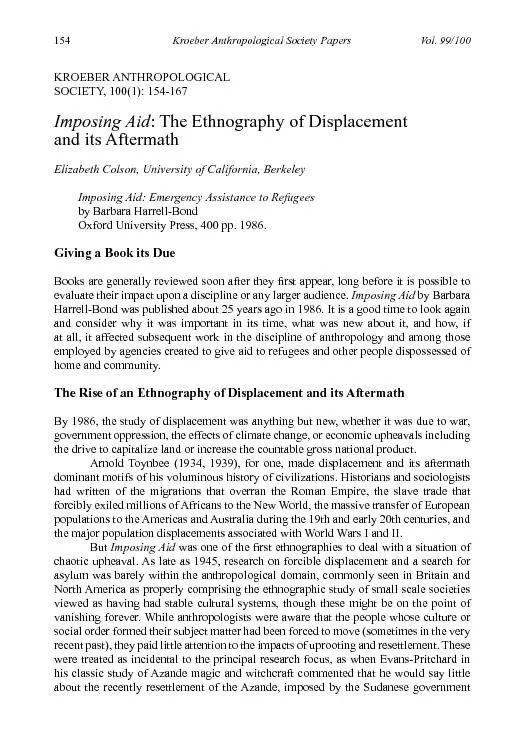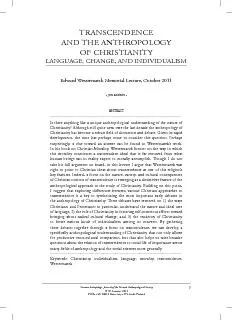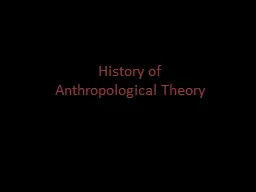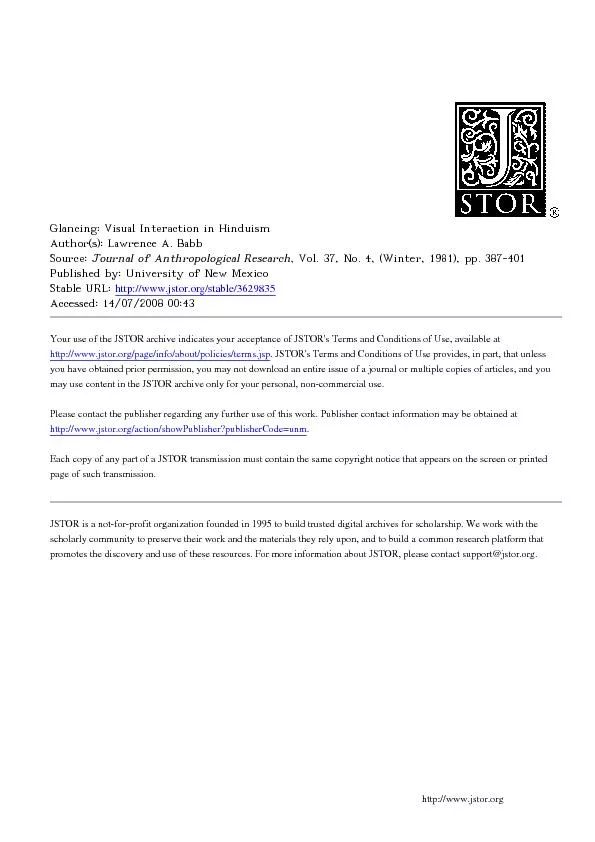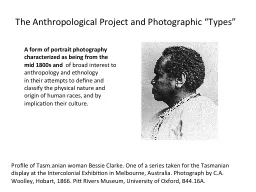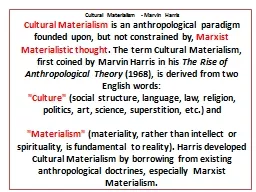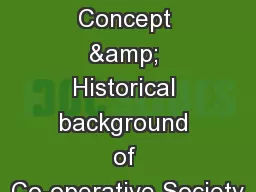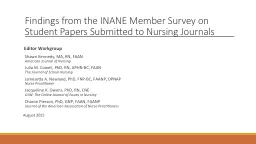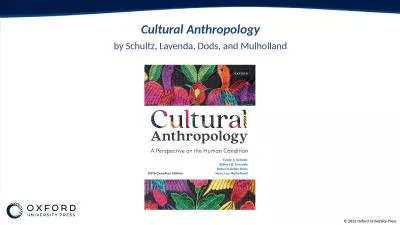PDF-Kroeber Anthropological Society Papers
Author : tatiana-dople | Published Date : 2016-04-26
154 Vol 99100 KROEBER ANTHROPOLOGICAL SOCIETY 1001 154167 Imposing Aid The Ethnography of Displacement and its Aftermath Elizabeth Colson University of California
Presentation Embed Code
Download Presentation
Download Presentation The PPT/PDF document "Kroeber Anthropological Society Papers" is the property of its rightful owner. Permission is granted to download and print the materials on this website for personal, non-commercial use only, and to display it on your personal computer provided you do not modify the materials and that you retain all copyright notices contained in the materials. By downloading content from our website, you accept the terms of this agreement.
Kroeber Anthropological Society Papers: Transcript
Download Rules Of Document
"Kroeber Anthropological Society Papers"The content belongs to its owner. You may download and print it for personal use, without modification, and keep all copyright notices. By downloading, you agree to these terms.
Related Documents

